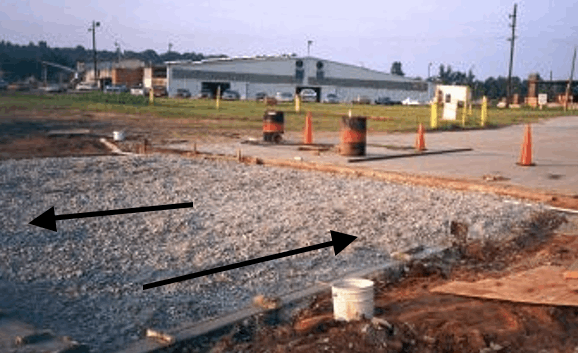Brian E. Trimble, P.E. 1
- Regional Director of Market Development and Technical Services, International Masonry Institute, btrimble@imiweb.org
ABSTRACT
Segmental pavements have grown in popularity over the last few decades, but very little research has been done on their performance. In order to obtain performance data of flexible brick pavements, the Brick Industry Association has periodically monitored brick paving installations at two brick plants in the United States. Information on traffic loads and volumes, soil properties, brick unit properties, base materials, and edge restraints were used to design the appropriate layer thicknesses and materials necessary for construction. Different paver thicknesses, edge restraints, bond patterns, and paver types were used to assess the effect of these variables on performance and to assess which parameters are most important to pavement performance.
Monitoring of the pavements has occurred periodically over a nine-year period. Initial monitoring included an evaluation of design and construction of the brick pavement section. Performance attributes measured include surface distress data, abrasion resistance, paver durability, pavement creep and edge restraint condition. The empirical information from this field study will be used to improve design guides and specifications for brick pavements.
Key words: brick, clay pavers, flexible pavements, pavements, traffic.
pave01



